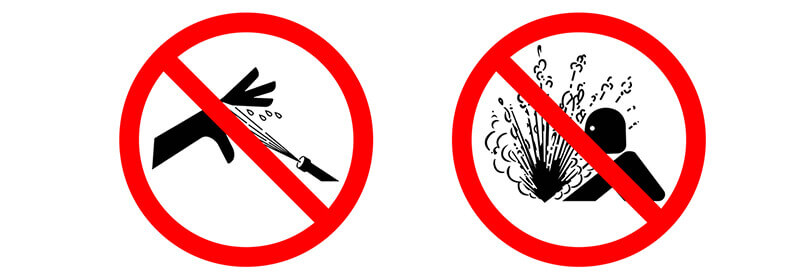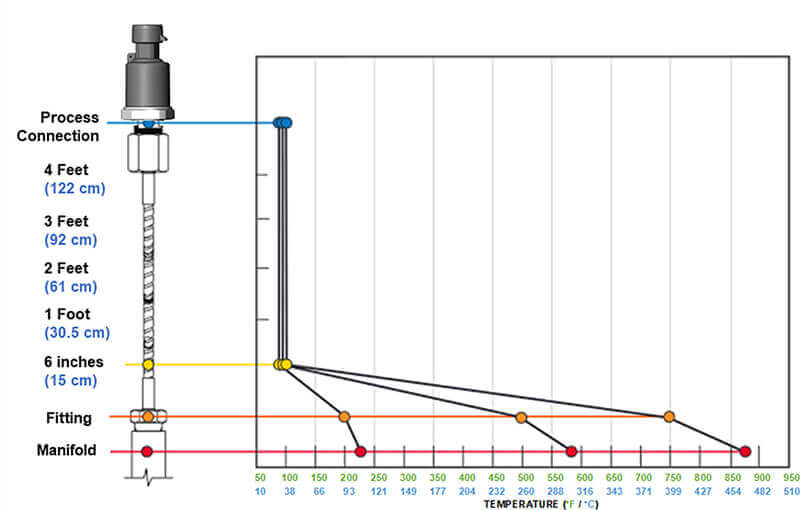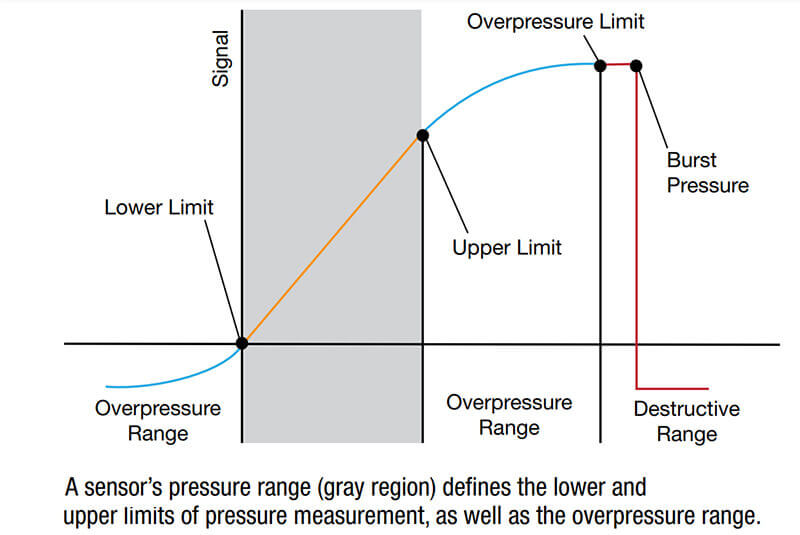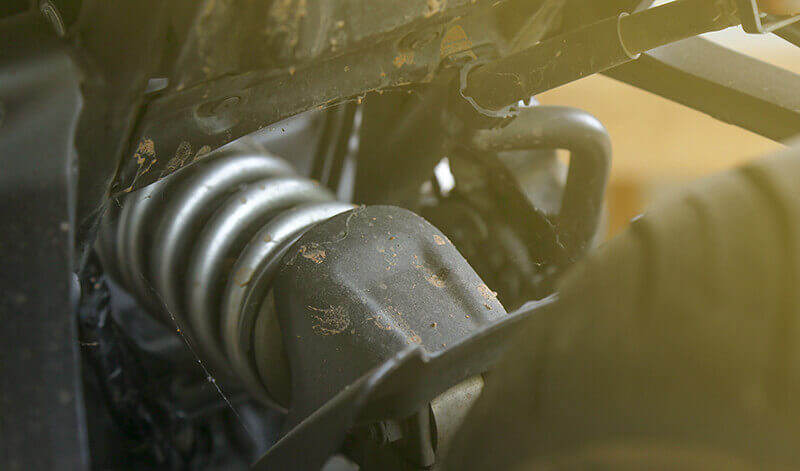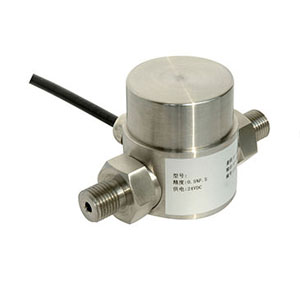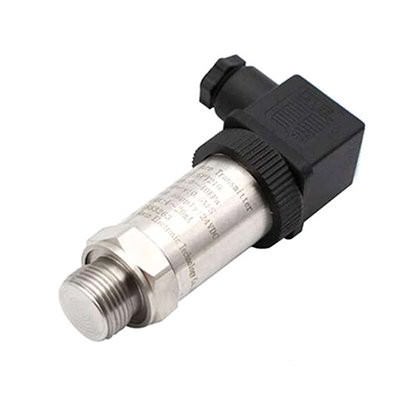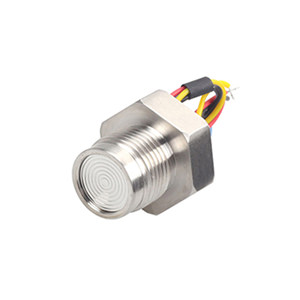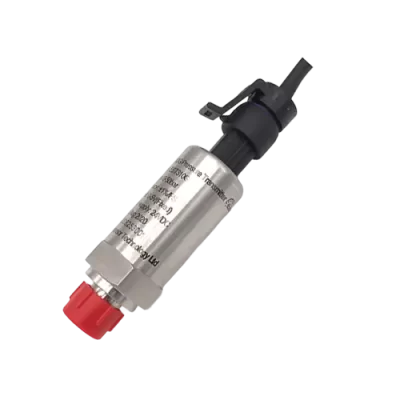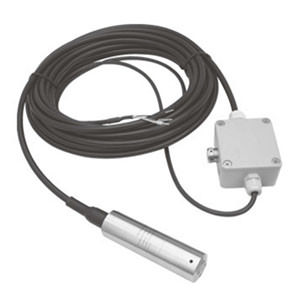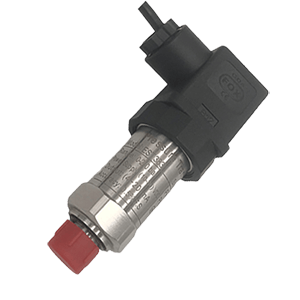What does a harsh environment mean?
When it comes to pressure sensors, the term “harsh environment” refers to any setting where the sensor is exposed to extreme or challenging conditions that could affect its performance, durability, or accuracy. These conditions may include high or low temperatures, extreme pressures, vibration, shock, corrosive media, or high levels of humidity.
Pressure sensors designed for harsh environments are built with robust materials and construction techniques to withstand these conditions while maintaining their accuracy and reliability. On the other hand, selecting the right sensor for harsh environments is crucial for maintaining accurate and reliable measurements.
Pressure sensors designed for harsh environments are built with robust materials and construction techniques to overcome these challenges. Eastsensor features special coatings, seals, and enclosures to protect the internal components from the extreme conditions they may encounter.
Types of harsh environments for pressure sensor
Pressure sensors may handle harsh environment situations in various applications across multiple industries. Here are some examples based on different harsh environment conditions:
Extreme High Temperature:
Extreme temperatures can cause materials to expand or contract, which may affect the sensor’s accuracy or cause damage. Electronics within the sensor can also be affected, leading to potential malfunctions or reduced operational lifespans.
- Oil and gas industry: Downhole drilling can expose pressure sensors to temperatures up to 200°C (392°F) or higher.
- Automotive industry: Exhaust gas pressure sensors in vehicles may experience temperatures above 150°C (302°F).

Extreme Low Temperature:
- Aerospace industry: Pressure sensors in aircraft systems can be exposed to temperatures as low as -55°C (-67°F) at high altitudes.
- Cryogenics: Sensors used in cryogenic storage systems may need to operate at temperatures down to -196°C (-320°F).
Corrosive Environments:
In environments with corrosive substances, the sensor materials may degrade or corrode over time, affecting the sensor’s reliability and lifespan.
- Chemical industry: Pressure sensors monitoring processes involving corrosive chemicals, such as sulfuric or hydrochloric acid, require corrosion-resistant materials.
- Wastewater treatment: Sensors in wastewater treatment plants must withstand harsh chemicals and corrosive gases.
Shock and Vibration:
In environments with high levels of vibration or sudden shocks, the sensor’s internal components may become damaged or misaligned, leading to inaccurate readings or even failure.
- Industrial machinery: Sensors in heavy machinery, such as compressors or pumps, need to resist shock and vibration for reliable operation.
- Transportation: Pressure sensors in trains, trucks, or off-road vehicles experience continuous vibrations and occasional shocks.
Extreme High Pressure:
Pressure sensors exposed to very high or low pressures may experience mechanical stress or deformation, which can affect their accuracy and overall performance.
- Deep-sea exploration: Submersible pressure sensors must handle pressures of up to 1,000 bar (14,500 psi) at extreme depths.
- Hydraulic systems: Hydraulic pressure sensors in heavy machinery or aerospace applications can face pressures up to 600 bar (8,700 psi).
Extreme Low Pressure (0-7kpa)
- Vacuum systems: Sensors in vacuum chambers or semiconductor manufacturing must accurately measure pressures as low as 1 mbar (0.015 psi) or even lower.
- Space applications: Sensors used in satellite systems or spacecraft must function in near-vacuum conditions found in outer space.
Measurement options for pressure sensors in harsh environment
In harsh environments, various measurement options are available for pressure sensors, depending on the specific application requirements. Here are some common measurement options and examples:
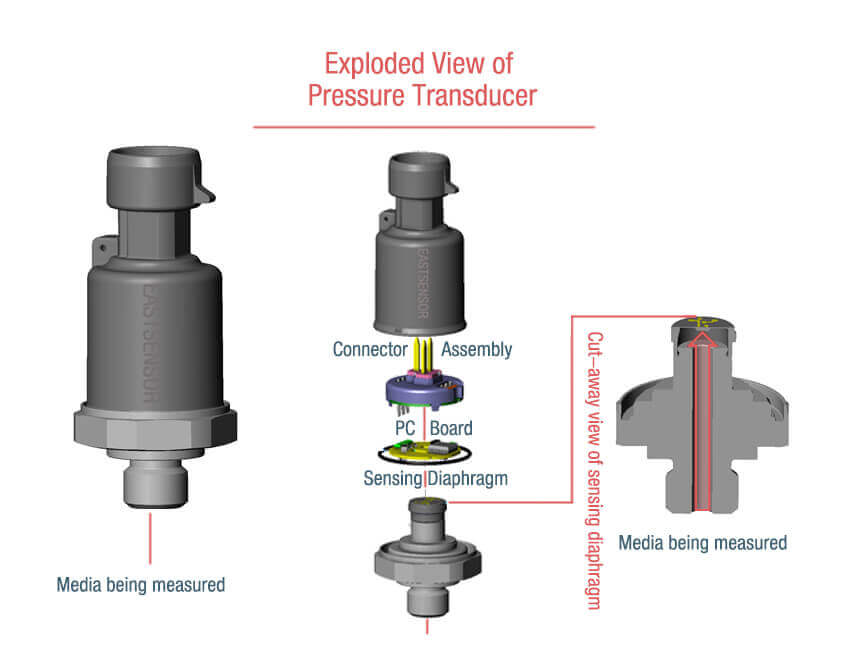
Absolute Pressure Sensors:
These sensors measure pressure relative to a perfect vacuum. They are suitable for applications where atmospheric pressure changes must be considered.
Example: In aerospace applications, absolute pressure sensors are used to measure altitude based on atmospheric pressure changes.
Gauge Pressure Sensors:
These sensors measure pressure relative to the ambient atmospheric pressure. They are useful in applications where the pressure difference between the process and the environment is important.
Example: In hydraulic systems, gauge pressure sensors monitor the pressure difference between the hydraulic fluid and the surrounding atmosphere to ensure proper functioning.
Sealed Gauge Pressure Sensors:
These sensors measure pressure relative to a sealed reference chamber, which is usually set at or close to atmospheric pressure. They are used when environmental conditions, such as extreme temperature fluctuations, may affect the reference pressure.
Example: In deep-sea exploration, sealed gauge pressure sensors ensure accurate pressure readings despite changing temperature and pressure conditions at different depths.
Differential Pressure Sensors:
These sensors measure the difference in pressure between two points in a system. They are commonly used in applications where pressure differences are crucial for system performance.
Example: In HVAC systems, differential pressure sensors monitor the pressure difference across filters to determine when they need to be replaced.
Solutions for pressure sensors in harsh environments
Designing pressure sensors for harsh environments requires careful consideration of various factors, including technology choice, technical data, materials selection, O-ring selection, and integration methods. Here are some suggestions for each harsh environment:
Extreme High Temperature:
- Technology: Choose technologies like Silicon-on-Insulator (SOI) or sapphire-based sensors, which can handle high temperatures.
- Reason: These sensors can operate at temperatures up to 300°C (572°F) due to their thermally stable properties.
- Example: Engine exhaust gas monitoring systems in the automotive industry.
- Technical Data: Select a sensor with a wide operating temperature range, e.g., -40°C to 300°C.
- Materials: Use materials like stainless steel or Inconel for the sensor housing to withstand high temperatures.
- O-Ring: Select high-temperature-resistant O-rings, such as those made from Viton or Kalrez.
- Integration: Use high-temperature-resistant cables and connectors, and ensure proper heat dissipation.
Extreme Low Temperature:
- Technology: Opt for strain gauge or capacitive sensors less affected by low temperatures.
- Reason: Strain gauge sensors can function in temperatures as low as -196°C (-321°F) when designed with suitable materials and temperature compensation techniques.
- Example: Cryogenic storage tanks in the space industry.
- Technical Data: Select a sensor with a wide operating temperature range, e.g., -196°C to 85°C.
- Materials: Use materials like stainless steel or titanium for the sensor housing to withstand low temperatures.
- O-Ring: Select low-temperature-resistant O-rings, such as those made from silicone or Teflon.
- Integration: Use low-temperature-resistant cables and connectors, and ensure proper thermal insulation.
Corrosive Environments:
- Technology: Choose technologies like capacitive or ceramic sensors less affected by corrosive media.
- Reason: A corrosion-resistant material (such as Hastelloy or Tantalum) diaphragm isolates the sensing element from corrosive media, protecting the sensor.
- Example: Chemical processing plants where aggressive chemicals are used.
- Technical Data: Ensure the sensor has a suitable pressure range and accuracy for the application.
- Materials: Use corrosion-resistant materials like Hastelloy, Tantalum, or ceramic for the diaphragm and sensor housing.
- O-Ring: Select chemically resistant O-rings, such as those made from Viton or Kalrez.
- Integration: Use corrosion-resistant cables and connectors, and ensure proper sealing.
Shock and Vibration:
- Technology: Piezoelectric sensors, which are less affected by mechanical shock and vibration.
- Reason: These sensors have no moving parts, making them resistant to mechanical shock and vibration. They are also known for their high natural frequency and fast response times.
- Example: Rocket engine testing where high-frequency shock and vibration are present.
- Technical Data: Select a sensor with high shock and vibration resistance, e.g., 1000g shock resistance and 20g vibration resistance.
- Materials: Use robust materials like stainless steel or titanium for the sensor housing.
- O-Ring: Choose O-rings with good mechanical strength, such as those made from Nitrile or Viton.
- Integration: Use strain relief and vibration damping techniques, such as mounting the sensor on an anti-vibration pad or using flexible conduit.
Extreme High Pressure:
- Technology: Choose technologies like strain gauge or piezoresistive sensors suitable for high-pressure applications.
- Technical Data: Select a sensor with a high pressure range, e.g., 0 to 60,000 psi.
- Materials: Use high-strength materials like stainless steel or Inconel for the sensor housing.
- O-Ring: Choose O-rings with high-pressure resistance, such as those made from Nitrile or Viton.
- Integration: Ensure proper sealing and use pressure-rated cables and connectors.
Extreme Low Pressure:
- Technology: Opt for capacitive or thermal-based sensors suitable for low-pressure applications.
- Reason: Capacitive sensors can accurately measure very low pressures (as low as 0.1 Pa) due to their high sensitivity and low hysteresis.
- Example: Cleanroom applications in the semiconductor industry, where precise pressure control is essential.
- Technical Data: Select a sensor with a low pressure range, e.g., 0 to 10 inH2O.
- Materials: Use materials like stainless steel or aluminum for the sensor housing.
- O-Ring: Choose O-rings with low-pressure resistance, such as those made from silicone or Teflon.
- Integration: Ensure proper sealing and use low-pressure-rated cables and connectors.
Please note that the specific numbers and data may vary depending on the manufacturer and model of the pressure sensors. It’s essential to consult the manufacturer’s guidelines and technical specifications for the best sensor selection and performance in each environment.
| Environment | Technology | Reason | Example |
|---|---|---|---|
| Extreme High Temperature | Silicon-on-Insulator (SOI) Pressure Sensors | Can operate at temperatures up to 300°C (572°F) due to thermally stable properties. | Engine exhaust gas monitoring systems in the automotive industry. |
| Extreme Low Temperature | Strain Gauge Pressure Sensors | Can function in temperatures as low as -196°C (-321°F) with suitable materials and temperature compensation techniques. | Cryogenic storage tanks in the space industry. |
| Corrosive Environments | Diaphragm Isolated Pressure Sensors | Corrosion-resistant material (e.g., Hastelloy or Tantalum) diaphragm isolates the sensing element from corrosive media. | Chemical processing plants with aggressive chemicals. |
| Shock and Vibration | Piezoelectric Pressure Sensors | Resistant to mechanical shock and vibration due to no moving parts; high natural frequency and fast response times. | Rocket engine testing with high-frequency shock and vibration. |
| Extreme High Pressure | Sapphire Diaphragm Pressure Sensors | Can withstand very high pressures (up to 60,000 psi) due to exceptional mechanical strength and stiffness. | High-pressure hydraulic systems in the oil and gas industry. |
| Extreme Low Pressure | Capacitive Pressure Sensors | Can accurately measure very low pressures (as low as 0.1 Pa) due to high sensitivity and low hysteresis. | Cleanroom applications in the semiconductor industry. |
Wrap up
Harsh environments impose additional challenges on pressure sensors, including extreme temperatures, corrosive media, shock, vibration, and pressure extremes.
Selecting the appropriate technology, materials, and design features for each harsh environment is crucial for ensuring the sensor’s accuracy, durability, and reliability.
Limitations and risks, such as increased costs, reduced performance, and integration challenges, must be considered when designing and selecting pressure sensors for harsh environments.

